
LED Strip Lights vs. Fairy Lights for Bedroom Decoration: Which Creates a Better Ambiance?
Share
Table of Contents
- 1. What’s the difference between LED strip lights and fairy lights?
- 2. Which creates a cozier bedroom atmosphere?
- 3. Are LED strip lights or fairy lights easier to install?
- 4. How do they differ in brightness and color capabilities?
- 5. Which light lasts longer and is more energy-efficient?
- 6. Can you control both with smart devices or remotes?
- 7. Which light suits different bedroom themes or aesthetics?
- 8. How do costs compare between LED strip lights and fairy lights?
- 9. Which is safer to use overnight or around children?
- 10. Final Verdict: Which light type is best for bedroom ambiance overall?
- 11. Frequently Asked Questions (FAQs)
- 12. Conclusion: Your Bedroom, Your Vibe
1. What’s the difference between LED strip lights and fairy lights?
LED strip lights consist of small surface-mounted LEDs embedded on a flexible circuit board, usually with built-in adhesive. They typically run on low-voltage power (12–24 V) and come in single-color or RGB customizable formats en.wikipedia.org. Fairy lights (also called string lights) are individual bulbs mounted on thin, often bendable wires and emit a gentle, twinkling glow .
A Reddit user shared their experience:
“You can get a reasonably consistent line of light with fairy lights but you generally have to coil them around each other…” reddit.com
Comparison Table:
| Feature | LED Strip Lights | Fairy Lights |
|---|---|---|
| Design | Continuous LED ribbons on tape | Separate bulbs on wire strands |
| Flexibility | Cuttable but linear | Highly flexible, drapable |
| Light Quality | Even, bright, customizable | Soft, diffused, warm glow |
| Power Source | Plug-in (DC 12/24 V) | Battery or plug-in (typically 5–12 V) |
| Ideal Use | Backlighting, accents, task lighting | Cozy décor, nooks, dreamy or romantic ambiance |
2. Which creates a cozier bedroom atmosphere?
LED String Lights - Star Chain Lights, Fairy Lights With USB Plug
Fairy lights are often preferred for creating warm, intimate spaces—ideal for reading corners or a snug night lamp. Their soft, scattered glow can evoke memories, romantic vibes, or whimsical aesthetics.
LED strips, while bright and vibrant, can also generate cozy settings when set to warmer tones or dimmed. A TechGearLab review notes LED strips are "a good solution for mood or backlighting" even if not the brightest techgearlab.com. Many users enjoy blending both types—LED under-beds plus fairy light drapes—creating layered warmth with controlled intensity.
3. Are LED strip lights or fairy lights easier to install?
Under Cabinet COB LED Strip Light with Touch Sensor Dimmable For Bedroom
LED strip lights come with adhesive backing—just peel and stick—but require clean surfaces and a nearby power outlet .
Fairy lights simply plug in or use replaceable batteries and can be draped or hung easily without tools. As one IKEA hack reviewer said of cheap LED strips, installation is so simple that “I bought two of these for above her bed... gives a perfect ambient light, it does stick well…and very easy to install” .
While fairy lights are more forgiving in placement, LED strips give straight, sleek lines—ideal for fences, headboards, shelves, or ceiling coves.
4. How do they differ in brightness and color capabilities?
LED strips outperform in brightness and uniformity; some models even offer over 400 lux output for strong backlighting techgearlab.com. RGB strips allow thousands of color combinations and smooth transitions. LED fairy lights typically offer warmer white or single-color options, but some advanced models (like Twinkly Strings) offer full RGB control and app integration.
Reddit users caution that LED strips alone may not fully light a room—many still use them as accent lighting alongside ceiling or task lights . Meanwhile fairy lights, while not bright, create ambient warmth ideal for mood lighting.
5. Which light lasts longer and is more energy-efficient?
LED strip lights are highly efficient, consuming minimal power and lasting up to 50,000 hours—roughly 5–10 years of nightly use . Fairy lights—with LED bulbs—also offer long lifespan and low heat, but performance depends on build quality and wiring.
A Litehouse review supports this: “LED lights…use significantly less power…and their impressive lifespan…reducing the need for frequent replacements” litehouse.co.za. Remember: energy savings and longevity depend on quality and usage habits.
6. Can you control both with smart devices or remotes?
LED strip lights lead the way when it comes to smart home compatibility. Most modern models can be synced with Alexa, Google Home, or Apple HomeKit, offering voice control, mobile app customization, and scheduled automation. Brands like Govee, Philips Hue, and Twinkly offer advanced features such as music sync, scene modes, and custom animations via Wi-Fi or Bluetooth.
A review from TechRadar praised Govee’s LED strips for their “seamless integration with smart assistants and near-instant response time,” making them ideal for dynamic bedroom setups.
Fairy lights are catching up. High-end options like Twinkly Strings offer full RGB control and app syncing. However, traditional battery-operated fairy lights often lack these smart features. Still, some USB-powered fairy lights now come with remote controls or timers, which is a great middle ground for users who want convenience without complexity.
User Feedback (from Reddit, r/smarthome):
“I was surprised to see Twinkly fairy lights had the same features as my LED strips — color sync, music mode, and app scenes. Perfect for Christmas but I kept them up year-round in my room.”
7. Which light suits different bedroom themes or aesthetics?
When it comes to visual impact, both lighting types excel in different styles.
- Fairy lights add a soft, ethereal glow that complements bohemian, romantic, or vintage bedroom themes. They're ideal for draping across bed canopies, mirrors, or shelves. Pinterest is filled with examples of dreamy “fairy light walls” behind sheer curtains.
- LED strip lights offer a futuristic, sleek aesthetic, making them a staple in modern, minimalist, or tech-inspired rooms. They’re commonly used for under-bed glows, crown molding, or backlighting desks and TVs.
Interior design blogs such as Houzz recommend layering both for depth and ambiance:
“Use LED strip lighting for structural highlighting, and fairy lights for softness and warmth. The contrast enhances mood and dimension.”
Combining both lights is increasingly common. You’ll find social media content (especially on TikTok and Instagram) showing aesthetic setups where LED strips provide base lighting, and fairy lights serve as decorative overlays.
8. How do costs compare between LED strip lights and fairy lights?
Initial Investment:
- LED strip lights cost between $15 to $50 depending on length, features (RGB, smart control), and quality. Higher-end brands like Philips Hue can exceed $80.
- Fairy lights are generally more affordable. Battery-operated versions start at $5, while premium USB or smart fairy lights like Twinkly Strings range from $30 to $70.
Ongoing Costs:
- LED strips are energy-efficient (typically using 4–10 watts per meter), keeping electricity bills low.
- Fairy lights use less power due to fewer LEDs but may need frequent battery replacements (if not plug-in), adding to long-term costs.
UGC Insight: A user in a product review for a $20 Govee RGB strip shared:
“It’s been over 6 months, and the adhesive hasn’t failed. I love that I can change colors from my phone. Worth every penny!”
Cost Comparison Table:
| Feature | LED Strip Lights | Fairy Lights |
|---|---|---|
| Average Price (10ft) | $15–$50 | $5–$30 |
| Smart Features | Yes (most models) | Limited (few models) |
| Power Cost | Low (energy efficient) | Very low (but battery-dependent) |
| Lifespan | 30,000–50,000 hrs | 10,000–30,000 hrs |
9. Which is safer to use overnight or around children?
Safety is a top concern in bedroom lighting, especially for families. Both LED strip lights and fairy lights generate minimal heat, making them far safer than traditional incandescent bulbs.
LED strip lights usually run on low-voltage DC (12–24V), and high-quality brands include safety features like surge protection and short-circuit prevention. However, care must be taken to avoid over-bending the strips or sticking them to flammable surfaces.
Fairy lights, especially battery-powered ones, are generally safe due to their low voltage. That said, some cheaper versions may overheat if left on for extended periods or if the wiring is thin and exposed. Always look for certifications like UL Listed or CE when purchasing.
Community Warning (via Amazon Review):
“Bought an off-brand fairy light set that got hot after 2 hours… always check reviews before using overnight.”
For children’s bedrooms, battery-operated fairy lights with timers or LED strips with smart off-schedules are recommended. Brands like Govee and Twinkly even allow you to set "auto-off" scenes via their apps.
10. Final Verdict: Which light type is best for bedroom ambiance overall?
So, which is better for creating the perfect bedroom vibe—LED strip lights or fairy lights?
The answer depends on your desired ambiance, usage, and budget:
- Choose LED Strip Lights if you want versatile brightness, smart features, modern aesthetics, or bold visual effects. They’re ideal for under-bed, wall, or ceiling accents with programmable controls.
- Choose Fairy Lights if you're aiming for a cozy, romantic, or whimsical feel with easy setup and softer light. Perfect for boho and vintage styles or light layering.
Expert Quote from Houzz Designer Olivia Tan:
“Don’t think of it as one or the other. The best lighting designs layer textures. LED strips give structure, fairy lights add soul.”
For maximum ambiance, consider combining both in strategic ways. For instance, LED strips under the bed or behind a mirror and fairy lights over curtains or headboards.
11. Frequently Asked Questions (FAQs)
Q1: Can I use both LED strip lights and fairy lights in the same room?
Yes! They complement each other well. Use LED strips for foundational lighting and fairy lights as decorative accents.
Q2: Are there solar-powered options for either light?
Yes, many outdoor-friendly models come with solar panels. Just ensure they have sufficient indoor brightness.
Q3: Which light type is more renter-friendly?
Fairy lights are generally easier to hang without permanent fixtures, making them ideal for rentals.
Q4: Do I need a remote to control these lights?
Many LED strips come with remotes or apps. Fairy lights typically include basic on/off timers unless smart-enabled.
Q5: What’s the best brand for reliable LED strip lights?
Govee, Twinkly, and Philips Hue are all top-rated. For fairy lights, look for USB-powered options from Twinkly or Minetom.
Q6: How long do these lights last if used nightly?
LED strips can last 5–10 years; fairy lights about 2–5 years, depending on quality and usage.
12. Conclusion: Your Bedroom, Your Vibe
Lighting isn’t just functional—it sets the emotional tone of your space. LED strip lights vs. fairy lights for bedroom decoration isn’t about which is better globally, but which suits your personal vibe and routine.
By understanding the strengths of both lighting types—and reading real-world feedback from users—you can craft a bedroom ambiance that feels both stunning and uniquely yours.
Related Articles:
- The Ultimate Guide to Bedroom Lights
-
LED Bedroom Lights vs Incandescent: Efficiency
- Floor Lamps vs. Ceiling Lights for Bedroom: Which is Better?
- Smart Bedroom Lights vs. Traditional Bedroom Lights
- Top Bedroom Lighting Trends for 2025
- Soft White vs Daylight Bulbs: Key Differences
- Top 7 Statement Lighting Ideas for Bedrooms 2025

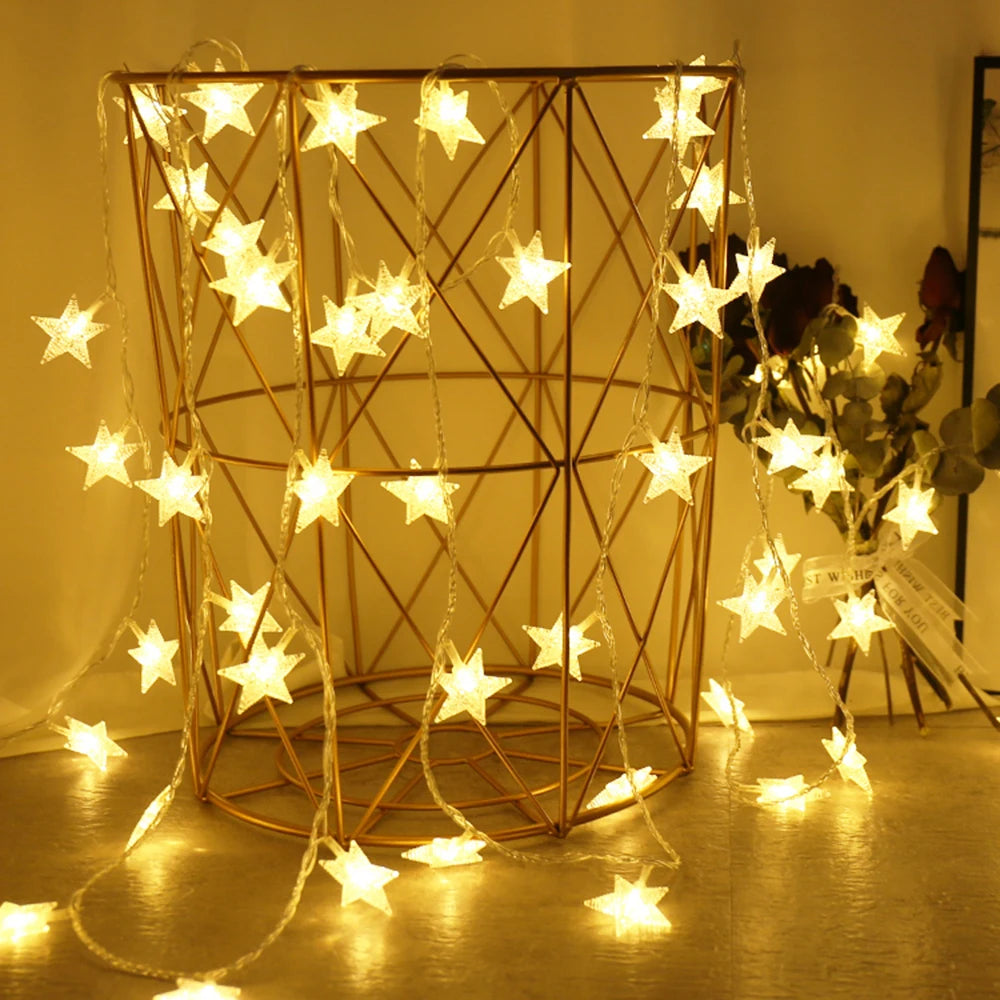
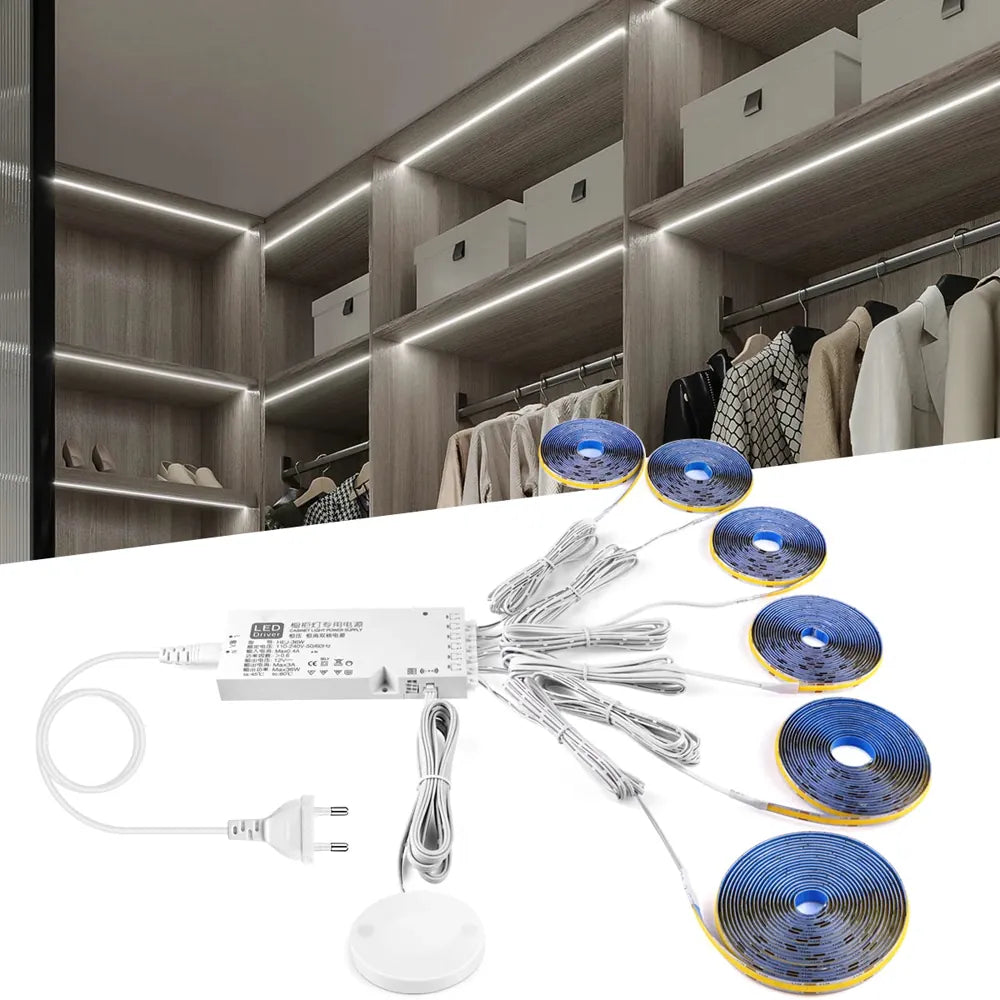

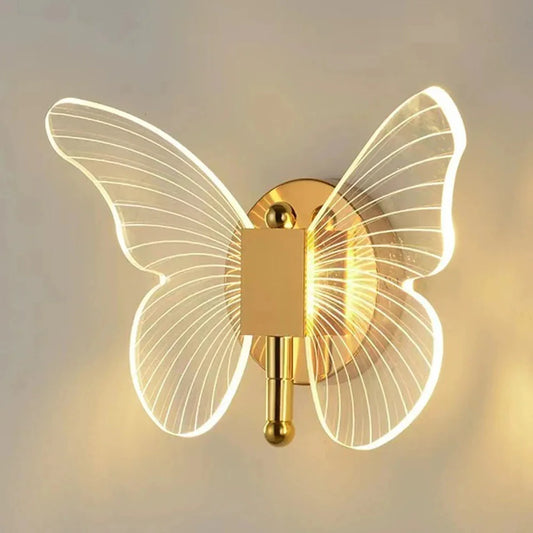

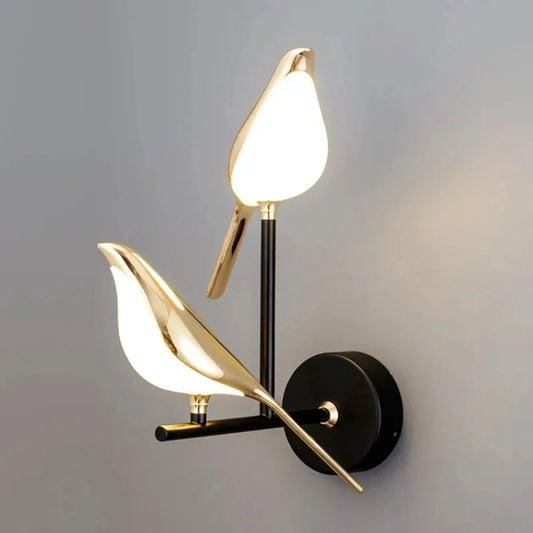

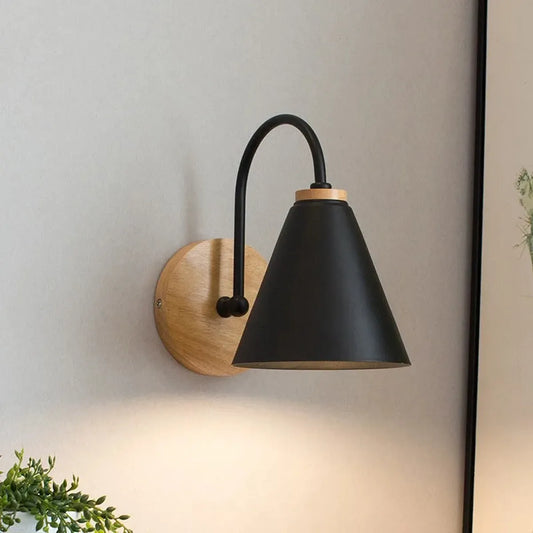

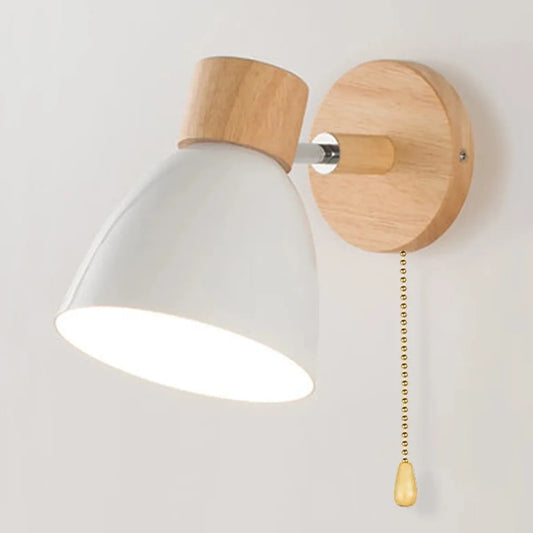



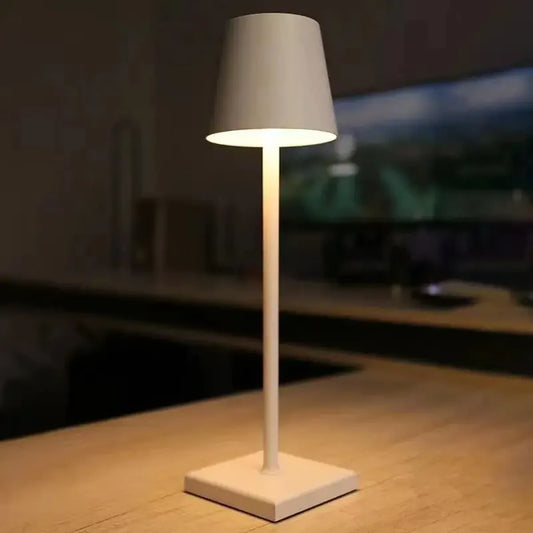

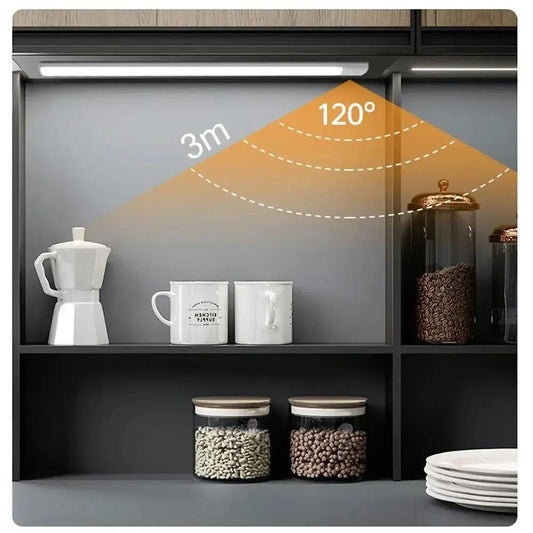

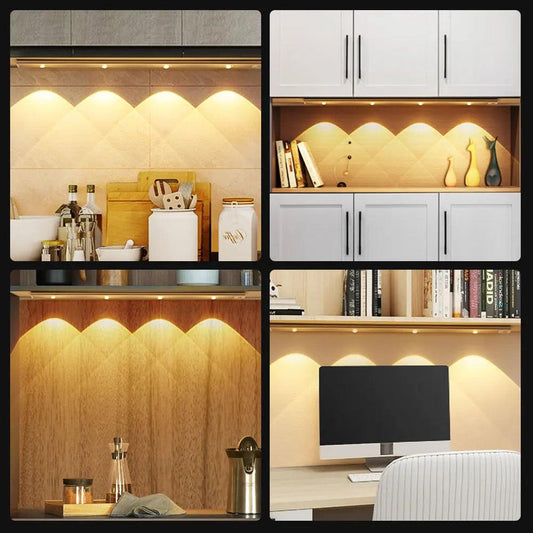

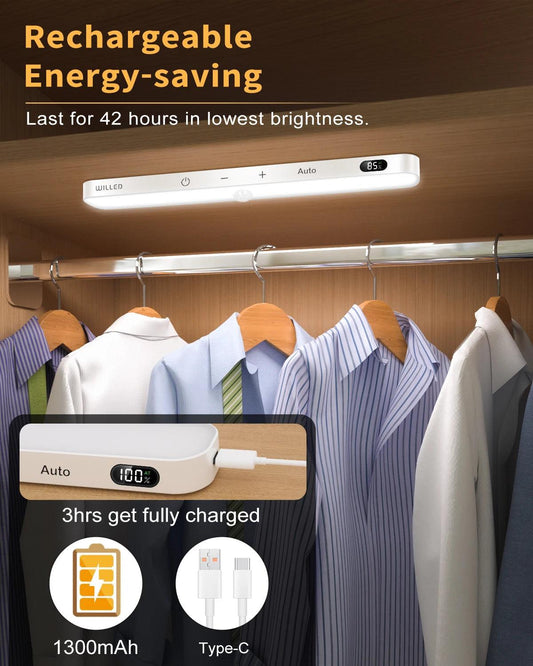

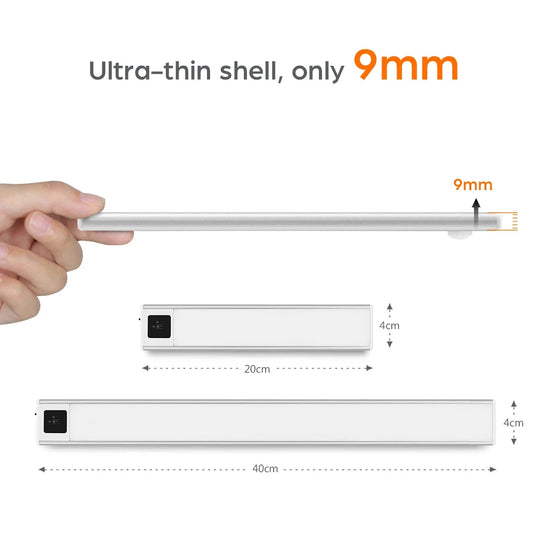

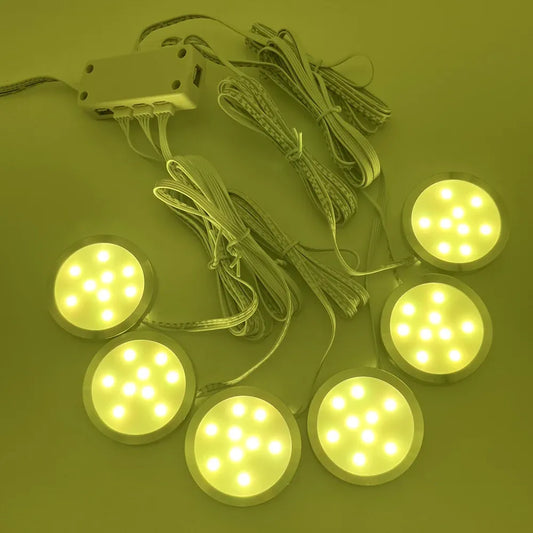

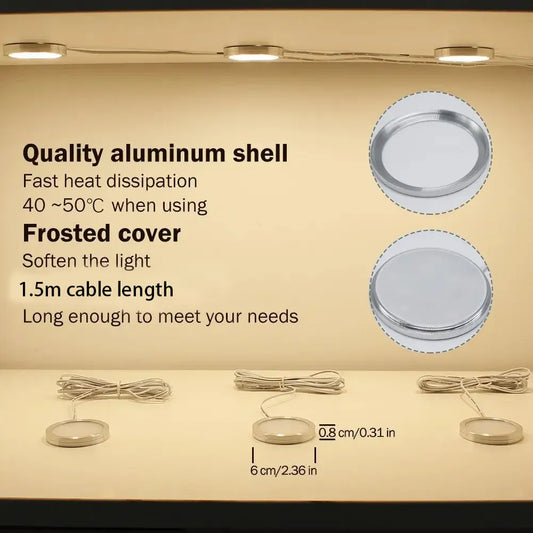



 />
/>
 />
/>
 />
/>
 />
/>
 />
/>